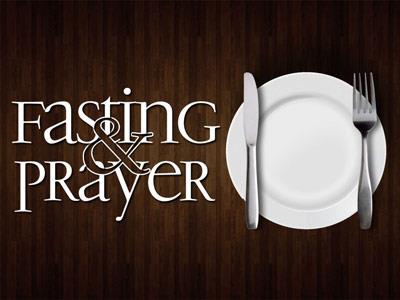-
Spirituality Of Pilgrimage Series
Contributed by Mike Wilkins on Nov 28, 2017 (message contributor)
Summary: Pilgrimage is traveling with God
Celtic Spirituality of Pilgrimage
Earthed Spirituality Retreat: June 13, 2008
The Spiritual Practice of Pilgramage – traveling for a spiritual experience – to the Holy Land, Rome or other historic sites. People go on pilgrimages for many different reasons – healing, penance, connection with God, to ask God to do it again…
Pilgrimage is not only Christian as a spiritual practice. Most Worldwide religions have pilgrimage as part of their religious practice. Even communists make a pilgrimage to Lenin’s grave!
Intro Songlines by Bruce Chatwin
Songlines p 229
That man is a migratory species is, in my opinion, born out by an experiment made at the Tavistock Clinic in London and described by Dr John Bowiby in his Attachment and Loss.
Every normal baby will scream if left alone; and the best way of silencing these screams is for the mother to take it in her arms and rock or ‘walk’ it back to contentment. Bowiby rigged up a machine which imitated, exactly, the pace and action of a mother’s walk; and found that, providing the baby was healthy, warm and well-fed, it stopped crying at once. ‘The ideal movement,’ he wrote, ‘is a vertical one with a traverse of three inches.’ Rocking at slow speeds, such as thirty cycles a minute, had no effect: but once you raised the pace to fifty and above, every baby ceased to cry and almost always stayed quiet.
Day in, day out, a baby cannot have enough walking. And if babies instinctively demand to be walked, the mother, on the African savannah, must have been walking too: from camp to camp on her daily foraging round, to the waterhole and on visits to the neighbours.
Apes have flat feet, we have sprung arches. According to Professor Napier, the human gait is a long, lilting stride — 1…2 ... 1 ... 2 — with a fourfold rhythm built into the action of the feet as they come into contact with the ground — I, 2, 3, 4 . . . 1, 2, 3, 4. .. : heel strike; weight along the outside of the foot; weight transferred to the ball of the foot; push-off with big toe.
Chatwin reminds us that the Jews are originally a nomadic people, and puts forward that their God (and thus our God) is a Nomadic God.
Songlines P 194
‘Alone and amid the nations’, masters of the raid, avid for increase yet disgusted by possessions, driven by the fantasy of all travellers to pine for a stable home — no people but the Jews have ever felt more keenly the moral ambiguities of settlement. Their God is a projection of their perplexity. Their Book — the Old Testament and the New — may be read, on one level at least, as a monumental dialogue between Him and His People in the rights and wrongs of living in the Land.
Was it to be a land for fields and houses? A land of corn and wine? Of cities which they had not built and vineyards which they did not plant? Or was it to be a country of black tent and goat path? A nomad’s country of milk and wild honey? A Kingdom where the people ‘may dwell in a place of their own, and move no more?’ (It Samuel 7:10) Or was it, as Heine surmised, ‘a portable kingdom’ which could only exist in men’s hearts?
Jahweh, in origin, is a God of the Way. His sanctuary is the Mobile Ark, His House a tent, His Altar a cairn of rough stones. And though He may promise His Children a well-watered land — as blue and green are a bedouin’s favourite colours — He secretly desires for them the Desert.
He leads them out of Egypt, away from the fleshpots and the overseer’s lash, a journey of three days into the harsh clean air of Sinai. There He gives them their Solemn Feast, the Passover: a feast of roasted lamb and bitter herbs, of bread baked not in an oven but on a hot stone. And He commands them to eat it ‘in haste’, with shodden feet and sticks in hand, to remind them, forever, that their vitality lies in movement.
He gives them their ‘ring dance’, the hag: a dance that mimes the antics of goats on their spring migration ‘as when one goeth with a pipe into the mountains of the Lord’. He appears in the Burning Bush and in the Pillar of Fire. He is everything that Egypt is not. Yet He will allow himself the doubtful honour of a Temple — and regret it: ‘They have set their abominations in the house which is called by my name, to pollute it.’ (Jeremiah 7:30)
You can see how Chatwin postulates that walking is a “soul movement” connected deeply to our origins and our faith. This may be why so many faithful people make pilgrimages.

 Sermon Central
Sermon Central



